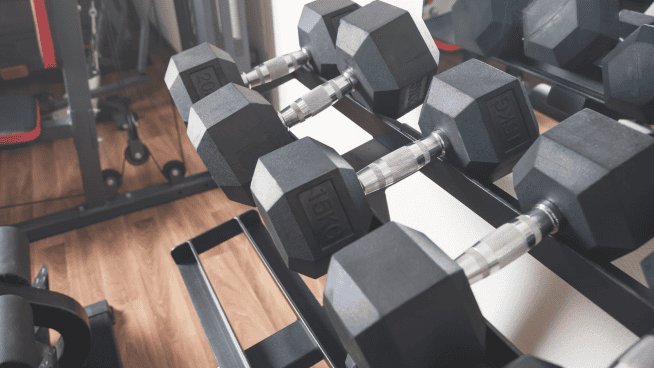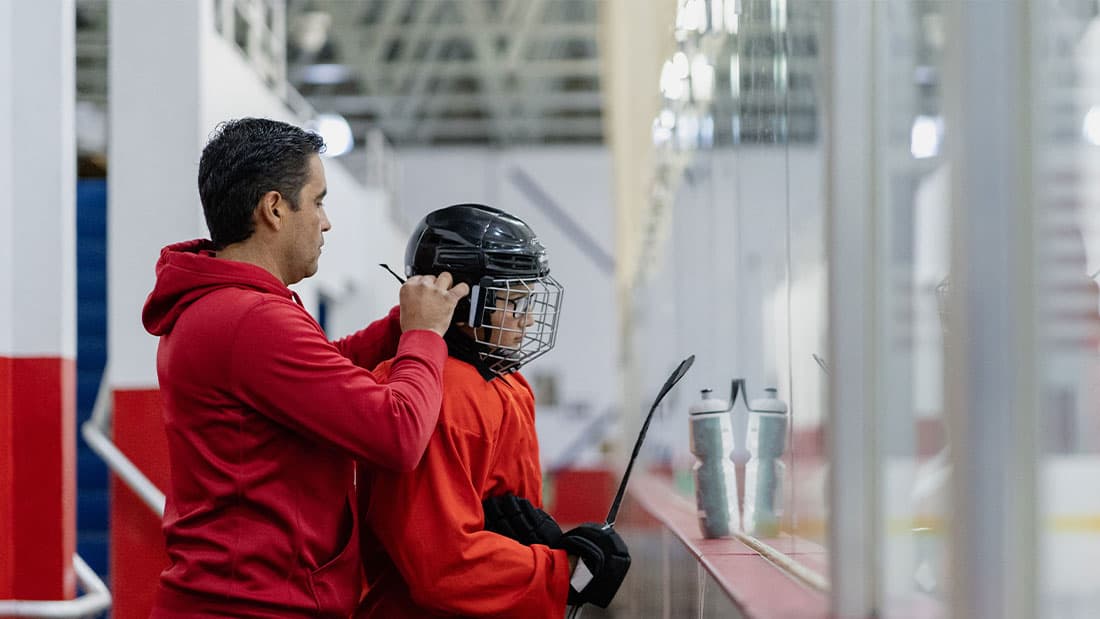Coaching Youth Speed Training
Much debate in the strength and conditioning world concerns how young athletes should begin a development program. However, experts agree that speed and agility drills can be part of any athlete’s training, regardless of age. Youth speed training can easily be implemented in either an individual or group setting. Although form and function may be similar, the intensity level of children’s exercises and drills should be appropriate for the degree of physical and psychological maturity of each individual athlete. (See Youth Sports Psychology: How to Ensure Your Athletes Stay Motivated and Have Fun.)
A qualified, experienced strength and conditioning professional should supervise these exercises and drills.
Youth Speed Training Drills
Introducing form, technique, and muscle memory drills early ensures the development of good habits. Focus on stride length, stride frequency, and footwork fundamentals with resisted running and speed ladders. These drills can be introduced when the athlete is of grade-school age, about six to eight years old. For weighted, resistance running, add loads not exceeding 10% of the athlete’s body weight.
- Arm Action Drills
- Mountain Climbers
- High Knees
- Acceleration Drills (moving quickly from a still position; starting and stopping)
- Resisted Running (parachute, weighted sled)
- Uphill Running
- Speed Ladders
Strength/Power Development
Lower-extremity strength and power are foundational components of speed development. Linear speed, agility and vertical jumping are based on the amount of force an athlete can generate against the ground. Since these exercises are higher-intensity/impact, volume should remain low for younger children. Athletes can safely begin performing them as pre-teens, about 10 to 12 years old.
- Prisoner Squats
- Power (high) Skipping
- Power (long) Skipping
- Lateral Skaters
- Split Squat (alternating lunge) Jumps
- Squat Jumps
- Ankle Hops
- Standing Long Jumps/Bounding
Keep It Simple
Youth speed drills should be easy to instruct, demonstrate, and perform. Don’t stay on any one exercise or drill for too long. Keep it fresh to maintain engagement and involvement.
Make it Fun
Remember, they’re just kids. Be generous with recognition and encouragement. Kids like competition, so make a game or contest of some of the drills, but keep it friendly.
Learn more by checking out our Speed Drills Library.
RECOMMENDED FOR YOU
MOST POPULAR
Coaching Youth Speed Training
Much debate in the strength and conditioning world concerns how young athletes should begin a development program. However, experts agree that speed and agility drills can be part of any athlete’s training, regardless of age. Youth speed training can easily be implemented in either an individual or group setting. Although form and function may be similar, the intensity level of children’s exercises and drills should be appropriate for the degree of physical and psychological maturity of each individual athlete. (See Youth Sports Psychology: How to Ensure Your Athletes Stay Motivated and Have Fun.)
A qualified, experienced strength and conditioning professional should supervise these exercises and drills.
Youth Speed Training Drills
Introducing form, technique, and muscle memory drills early ensures the development of good habits. Focus on stride length, stride frequency, and footwork fundamentals with resisted running and speed ladders. These drills can be introduced when the athlete is of grade-school age, about six to eight years old. For weighted, resistance running, add loads not exceeding 10% of the athlete’s body weight.
- Arm Action Drills
- Mountain Climbers
- High Knees
- Acceleration Drills (moving quickly from a still position; starting and stopping)
- Resisted Running (parachute, weighted sled)
- Uphill Running
- Speed Ladders
Strength/Power Development
Lower-extremity strength and power are foundational components of speed development. Linear speed, agility and vertical jumping are based on the amount of force an athlete can generate against the ground. Since these exercises are higher-intensity/impact, volume should remain low for younger children. Athletes can safely begin performing them as pre-teens, about 10 to 12 years old.
- Prisoner Squats
- Power (high) Skipping
- Power (long) Skipping
- Lateral Skaters
- Split Squat (alternating lunge) Jumps
- Squat Jumps
- Ankle Hops
- Standing Long Jumps/Bounding
Keep It Simple
Youth speed drills should be easy to instruct, demonstrate, and perform. Don’t stay on any one exercise or drill for too long. Keep it fresh to maintain engagement and involvement.
Make it Fun
Remember, they’re just kids. Be generous with recognition and encouragement. Kids like competition, so make a game or contest of some of the drills, but keep it friendly.
Learn more by checking out our Speed Drills Library.











